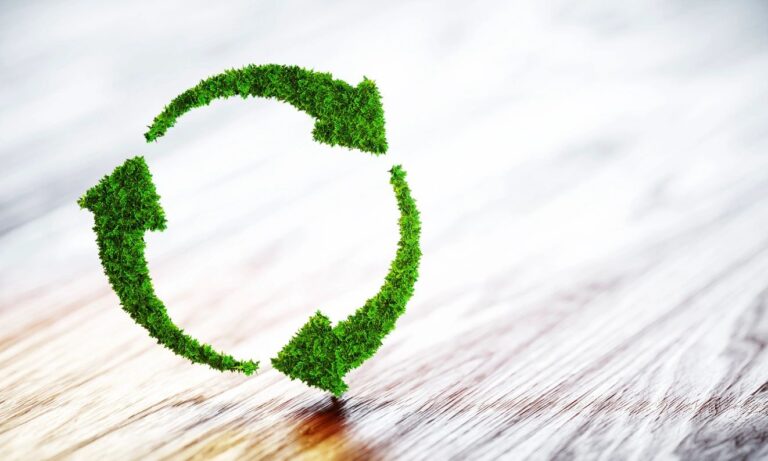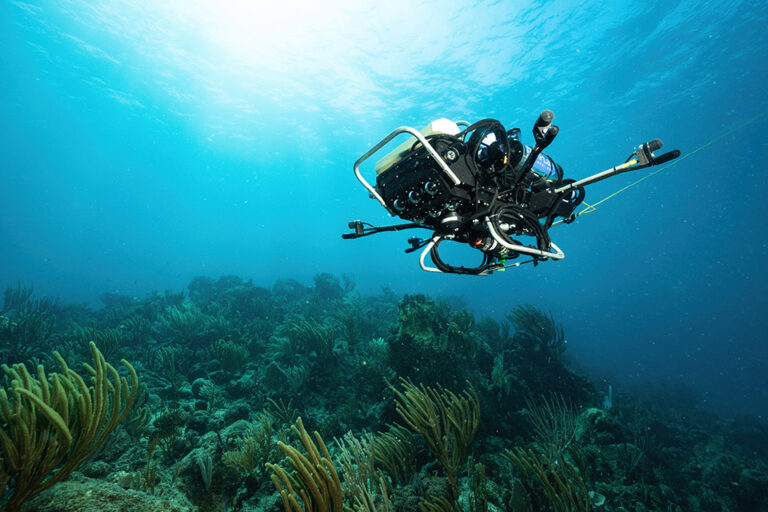Two different methods of coloring textiles—traditional clothes dyeing techniques and the usage of dyes derived from algae—have diverse effects on sustainability and environmental friendliness. Let’s contrast these techniques in terms of their sustainability and effects on the environment:
- Effect on the Environment:
- Traditional Textile Dyeing Techniques: Traditional textile dyeing techniques frequently use synthetic dyes and chemicals, which can contaminate water sources owing to the release of heavy metals and harmful compounds. The process of dyeing uses a lot of water, and the waste that results might be bad for aquatic environments.
- Algae-Based colors: On the other hand, as they come from renewable and all-natural sources, algae-based colors are by nature more environmentally benign. The risk of contamination and pollution can be reduced by growing algae for the production of dyes in controlled conditions.
2. Consumption of Resources
- Traditional Dyeing Techniques: Traditional dyeing techniques frequently use large amounts of water, energy, and chemicals. Since so much water is needed, areas with a high concentration of textile production may experience water shortages.
- Algae-Based Dyes: Algae-based dyes may use fewer resources overall. As opposed to traditional agriculture, algae farming requires less water and land. Algal-based dye manufacturing might also require less chemicals and less energy.
- Health and Toxicity:
- Traditional Dyeing Techniques: Some traditional textile dyes contain harmful materials, such as heavy metals and cancer-causing agents, which can be hazardous to the health of dyeing industry employees as well as consumers who come into touch with dyed clothing.
- Algae-Based colors: Because they come from natural sources, algae-based colors are typically regarded as being safer. They are a healthier alternative for both customers and dyeing industry personnel because they are less likely to contain hazardous chemicals.
4. Biodegradability
- Traditional Dyeing Techniques: Many synthetic dyes used in traditional techniques are difficult to biodegrade and might linger in the environment, adding to pollution.
- Algae-Based Dyes: Algae-based dyes and algae textiles have a lower environmental impact and are more likely to be biodegradable. They can decompose more organically, lessening their long-term impact on the environment.
5. Carbon Footprint:
- Traditional Dyeing Methods: The energy-intensive nature of traditional dyeing processes, coupled with transportation of dyes and textiles across long distances, contributes to a substantial carbon footprint.
- Algae-Based Dyes: Algae-based dyes may have a lower carbon footprint, especially if the algae are cultivated locally. The use of renewable energy sources in algae cultivation and dye production can further reduce carbon emissions.
In conclusion, algae-based dyes are more sustainable and environmentally friendly than conventional dyeing techniques in a number of ways. They have a lower environmental impact, use less resources, are less hazardous, and are sourced from renewable sources. It’s crucial to keep in mind that algae-based dye technology is still in its infancy and that improvements in culture methods and scale-up capacities could be necessary before it can be widely adopted. However, algae-based dyes show promise as a more eco-friendly and long-lasting substitute for the textile sector.





